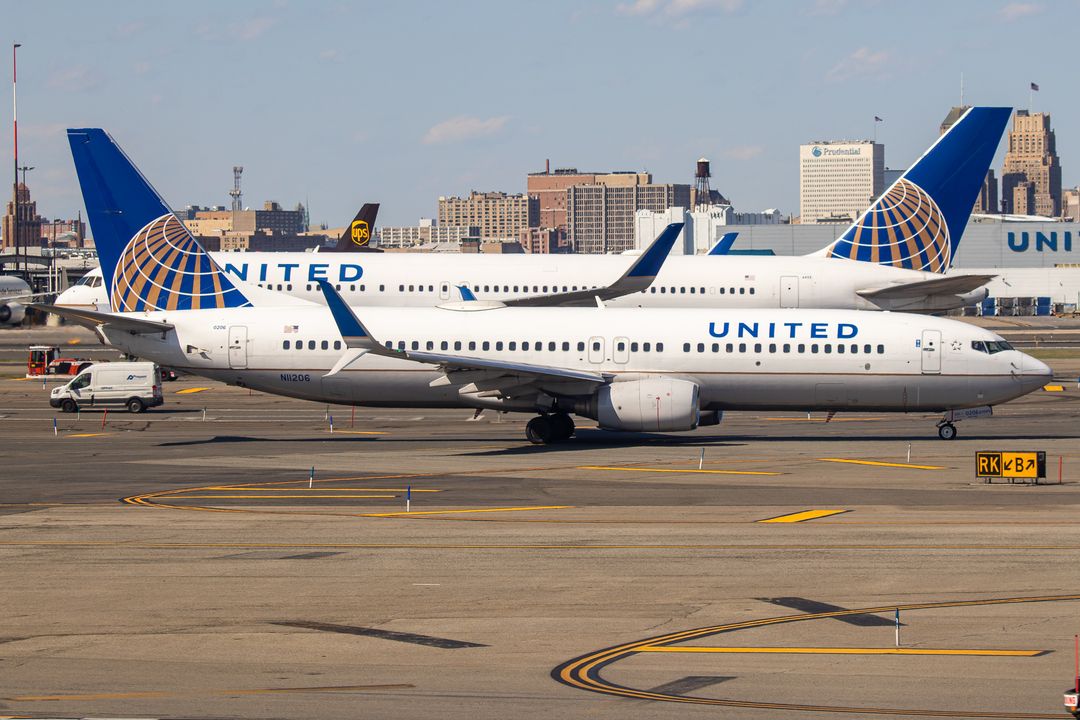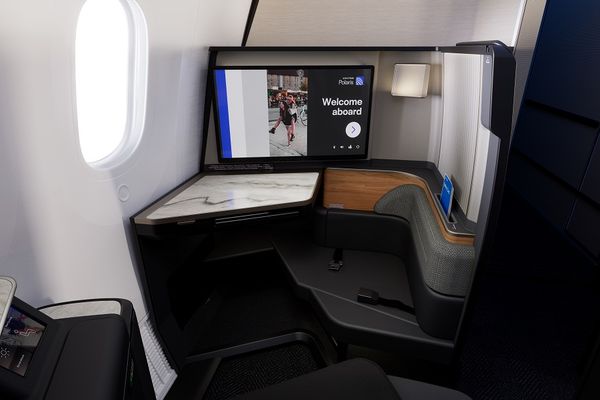The governors of California and Washington have made further progress on their plans to transform their respective states into hubs for sustainable aviation this week. California has set a target of reaching net zero carbon pollution by 2045 while Washington aims to have 100% of its energy come from clean sources by 2045.

In California, Governor Gavin Newsom visited a renewable fuel facility near Los Angeles to showcase his progress on the transition to clean fuels and creating jobs in the green economy. World Energy is a renewable energy company that converted an oil refinery into a production center for sustainable aviation fuel (SAF).
California has provided millions of dollars in state grants to companies that help the state meet its energy goals. World Energy is one of the companies that receive state funding due to its commitment to producing clean energy.
World Energy has already produced 150 million gallons of renewable fuel, which is equivalent to removing 250,000 cars from roads. The company gives credit to California's Low Carbon Fuel Standard (LCFS), which has doubled the state's usage of clean fuel since launching in 2009.
Governor Newsom said, "California's clean energy future is here, and there's no better example of that than this petroleum refinery-turned renewable fuels hub. The fuels of the future are clean and California is leading the way with billions of dollars to supercharge this transition while creating thousands more good green jobs and growing our economic might."

In Washington, Governor Jay Inslee signed seven clean energy bills in a single day on Wednesday. One of the bills - Senate Bill 5447 - provides incentives for the production of sustainable aviation fuel in Washington.
Senate Bill 5447 establishes a per-gallon incentive for SAF that provides at least 50% fewer lifecycle greenhouse gas emissions than traditional jet fuel. Once the 50% target is reached, the incentive increases for each one percent reduction in lifecycle greenhouse gas. The incentive of up to $2 per gallon can be claimed as a tax credit by airlines or fuel producers.

Furthermore, the bill states that incentives will start when a manufacturing facility becomes capable of producing at least 20 million gallons of SAF annually. The bill also requires the University of Washington and Washington State University to calculate the emission benefits from using SAF at Seattle-Tacoma International Airport (SEA).
Washington State Senator Andy Billig, one of the bill's sponsors, said, "There is one thing we don't have here in Washington related to sustainable aviation fuels and that's the production and the production is what also brings the economic benefit."

California and Washington are using their positions as hubs for the aerospace industry to lead the sector's transition to cleaner fuels.
Snohomish County in Washington recently announced the establishment of the world's first facility devoted to SAF research and development. Meanwhile, Los Angeles International Airport (LAX) and San Francisco International Airport (SFO) in California have outlined plans to use SAF for fueling flights.
The economic and environmental benefits of SAF production that both states receive may convince other US states to implement their own laws in the future.
EasyJet Airbus A320 Emergency Landing at Lamezia Terme » Thai Airways Welcomes First Airbus A321neo » JetBlue Expands Midwest Footprint with New Daily Service Between New York-JFK and Cleveland »
Comments (0)
Add Your Comment
SHARE
TAGS
NEWS Sustainable Aviation Sustainability SAF Washington California Clean Energy Zero Carbon Carbon NeutralRECENTLY PUBLISHED
 This Week in Aviation: The 10 Stories That Mattered Most
From major airline developments to aircraft updates and industry shifts, this weekly recap highlights the ten most-read aviation stories from the week of December 28.
INFORMATIONAL
READ MORE »
This Week in Aviation: The 10 Stories That Mattered Most
From major airline developments to aircraft updates and industry shifts, this weekly recap highlights the ten most-read aviation stories from the week of December 28.
INFORMATIONAL
READ MORE »
 Nearly 500 Flights Cancelled Following Venezuela Attack, Caribbean Airspace Closure
Hundreds of flights have been cancelled this morning after an overnight U.S. military attack in Venezuela left airspace in much of the Caribbean closed.
NEWS
READ MORE »
Nearly 500 Flights Cancelled Following Venezuela Attack, Caribbean Airspace Closure
Hundreds of flights have been cancelled this morning after an overnight U.S. military attack in Venezuela left airspace in much of the Caribbean closed.
NEWS
READ MORE »
 Why Airline Class Wars Will Intensify in 2026
The "Class War" of 2026 is no longer just about legroom; it is a calculated, multi-billion-dollar strategic pivot by Original Equipment Manufacturers (OEMs) and carriers to capture a "splurge-ready" traveller base that is increasingly opting for "one big trip" over frequent, low-cost hops.
INFORMATIONAL
READ MORE »
Why Airline Class Wars Will Intensify in 2026
The "Class War" of 2026 is no longer just about legroom; it is a calculated, multi-billion-dollar strategic pivot by Original Equipment Manufacturers (OEMs) and carriers to capture a "splurge-ready" traveller base that is increasingly opting for "one big trip" over frequent, low-cost hops.
INFORMATIONAL
READ MORE »



